Struggling to find a favourite flower post peony season? It’s a pretty common problem for a lot of home gardeners and floral enthusiasts. The truth is, most of our flowering perennials bloom in the spring with peonies being the final crescendo. There is always a lag time of colour unless you know what to plant. Here are my top 10 plant choices that will keep you smiling all summer long.
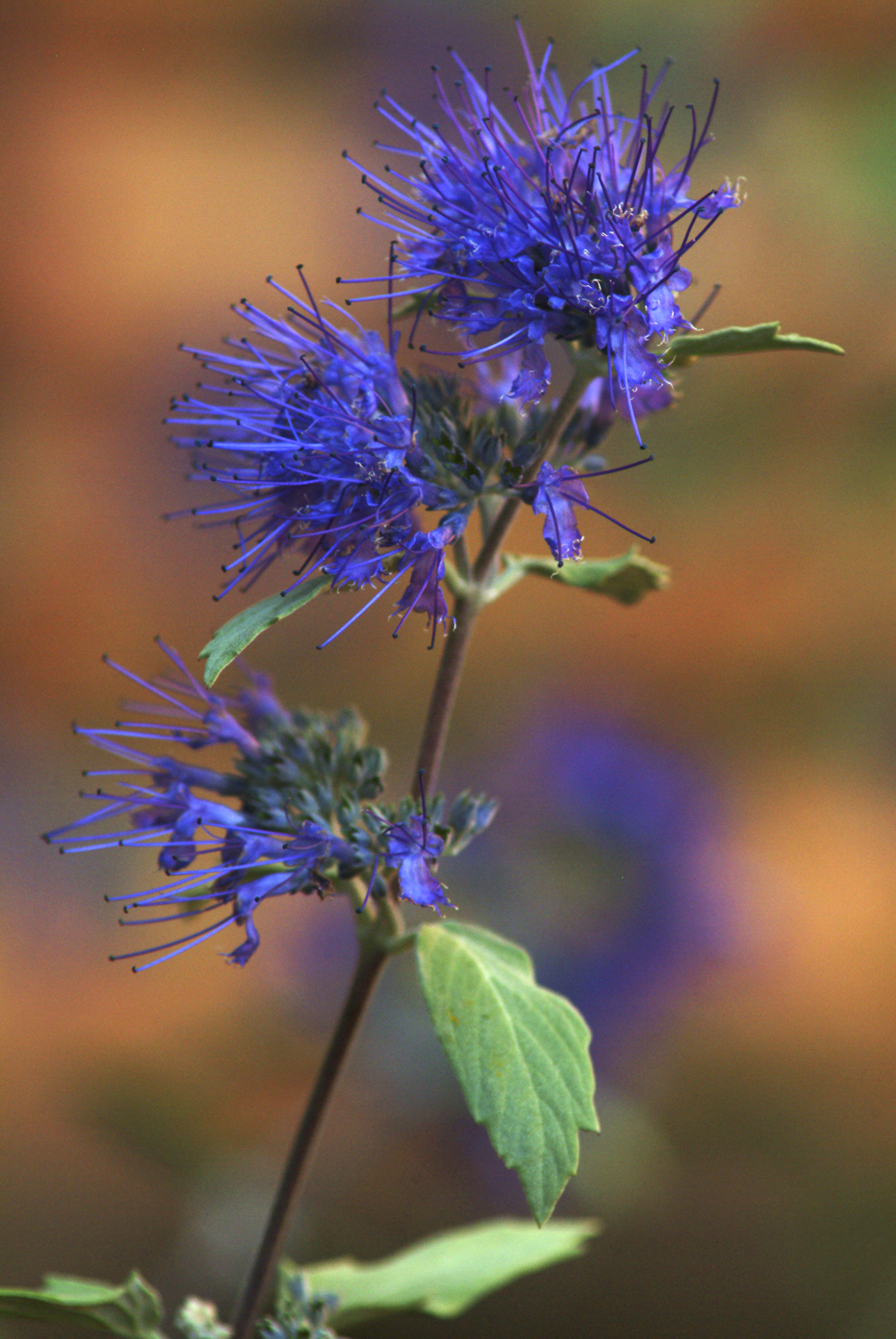
Bluebeard
Looking for something a little different than peonies? Caryopteris (pronounced kare-ee OP-ter-iss) is one of the prettiest blue flowering shrubs out there. This is a staple in all of my landscape designs because they are one of the last bloomers of the season and bees and butterflies rely on it to put away the last stores of nectar before winter. Bluebeard also adds an amazing scent to the garden at the end of summer, similar to lavender. Also called blue spirea or blue mist, make sure to include this beauty in a space that gets some afternoon sunlight.
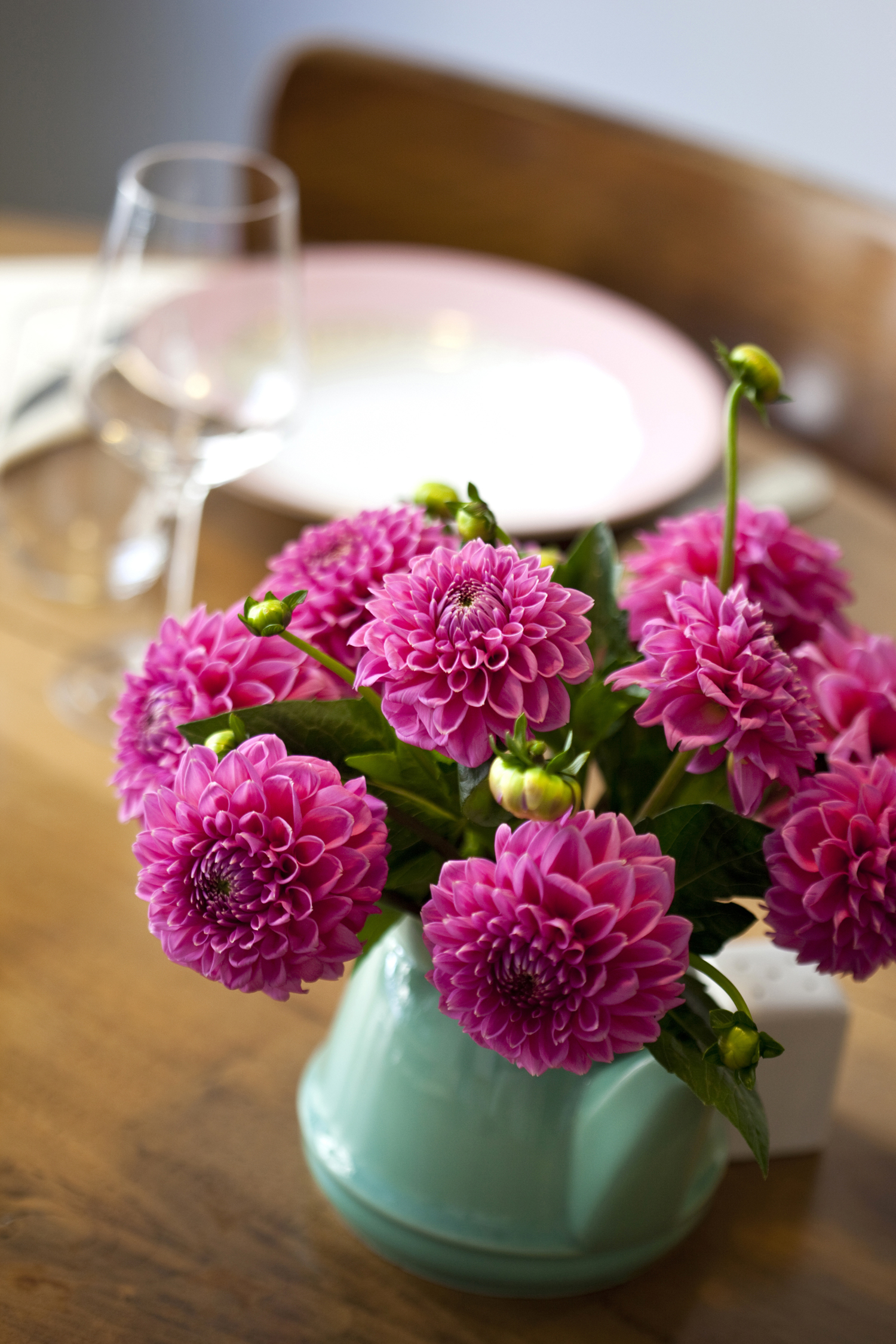
Dahlias
Peonies aren’t the only garden showstopper. This tender perennial would rank higher on my top 10 list except for one important reason: Dahlias need to be protected in the wintertime, which means you have to dig them up every fall. If you are okay with a little effort, then you are in for a real treat. This stunning bloomers have spectacular flowers including varieties like pom-pom and dinner plate, which are pretty accurate descriptions of what you’ll see mid-July until mid-August.
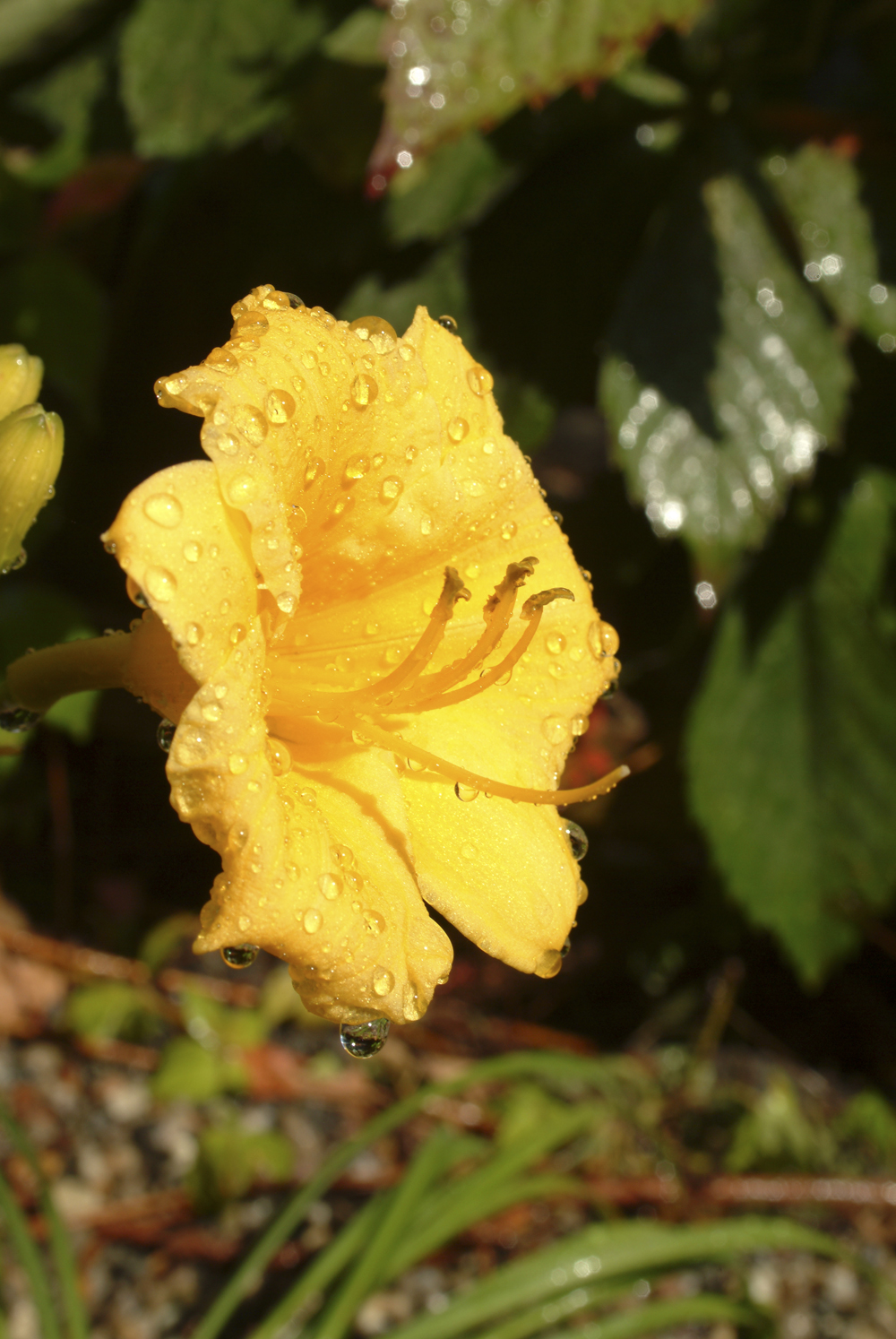
Stella D’Oro Daylily
If you are from Saskatchewan, then you already know about daylilies. They seem to grow wild in every ditch in that province. In the garden, there are more than 10,000 registered varieties of daylilies that you can plant to add some pops of colour in key places in your space. Look for “ever blooming” varieties for the longest show, as they will literally bloom all season long for you. One of the most popular is the Stella D’Oro because of its compact growing nature and cheery yellow flowers.

Russian Sage
There has been resurgence in this plants popularity lately, in part for the beautiful mauve flowers, but also because of the great silvery foliage. Russian sage is a sun lover in zones 5-10 and will bloom from late spring all the way into early fall. This happy plant needs very little water of care, it just needs some space, make sure to give it at least 2-3 feet on all sides so that it doesn’t feel too crowded and it will put on a show for you.
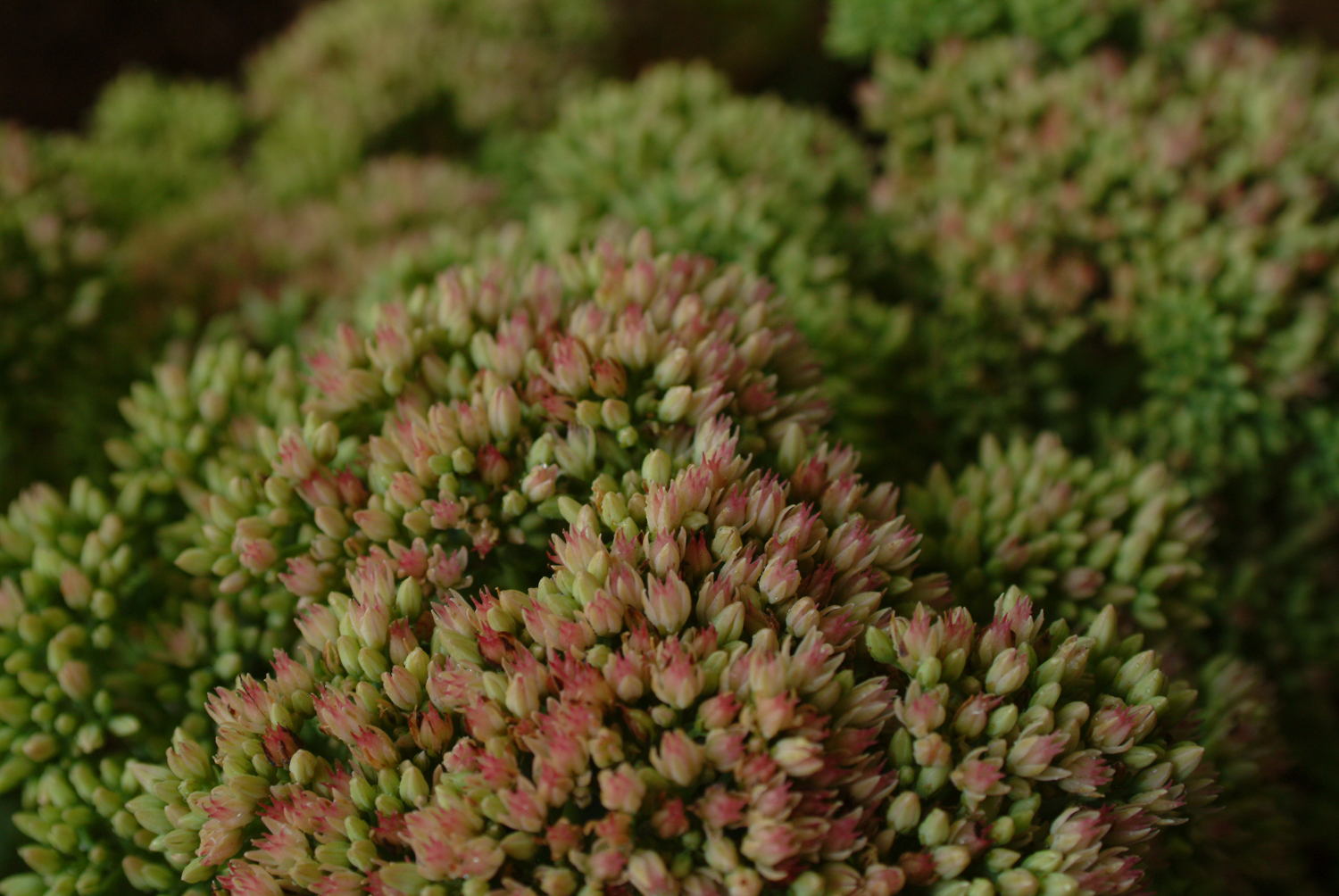
Autumn Joy Sedum
There are many varieties of sedum out there, but I am specifically pointing out Autumn Joy because it is a fall staple (the name says it all). It is one of the easiest perennial succulents to grow and blooms from July into October. Important for pollinators, sedum flowers change from a bright pink into an autumn coppery colour. Usually 2′ by 2′, this plant looks great with ornamental grasses and can handle full sun and even some shade.

Brown Eyed Susan
Sometimes called Black-eyed Susan or Rudbeckia, this flowering perennial is happiness in the garden. With bright yellow, daisy-like flowers with dark velvety centers, these are staples in fall wedding bouquets. Beware though, these plants can get huge, sometimes over 6′ tall. Look for dwarf varieties if you want to contain them, otherwise, plant them towards the back of your garden and let them shine.

Rose of Sharon
This hardy shrub brings the tropics to your garden in the middle of summer. With white, pink, or mauve flowers, this shrub can grow over 15′ tall if unpruned so keep an eye on it. Unfortunately, the name Rose of Sharon has been used for many different flowering perennials around the world. In zone 5-9, it refers to Hibiscus syriacus. If you want to really have something special, look for the double-flowering varieties, which have and extra set of petals in each bloom.
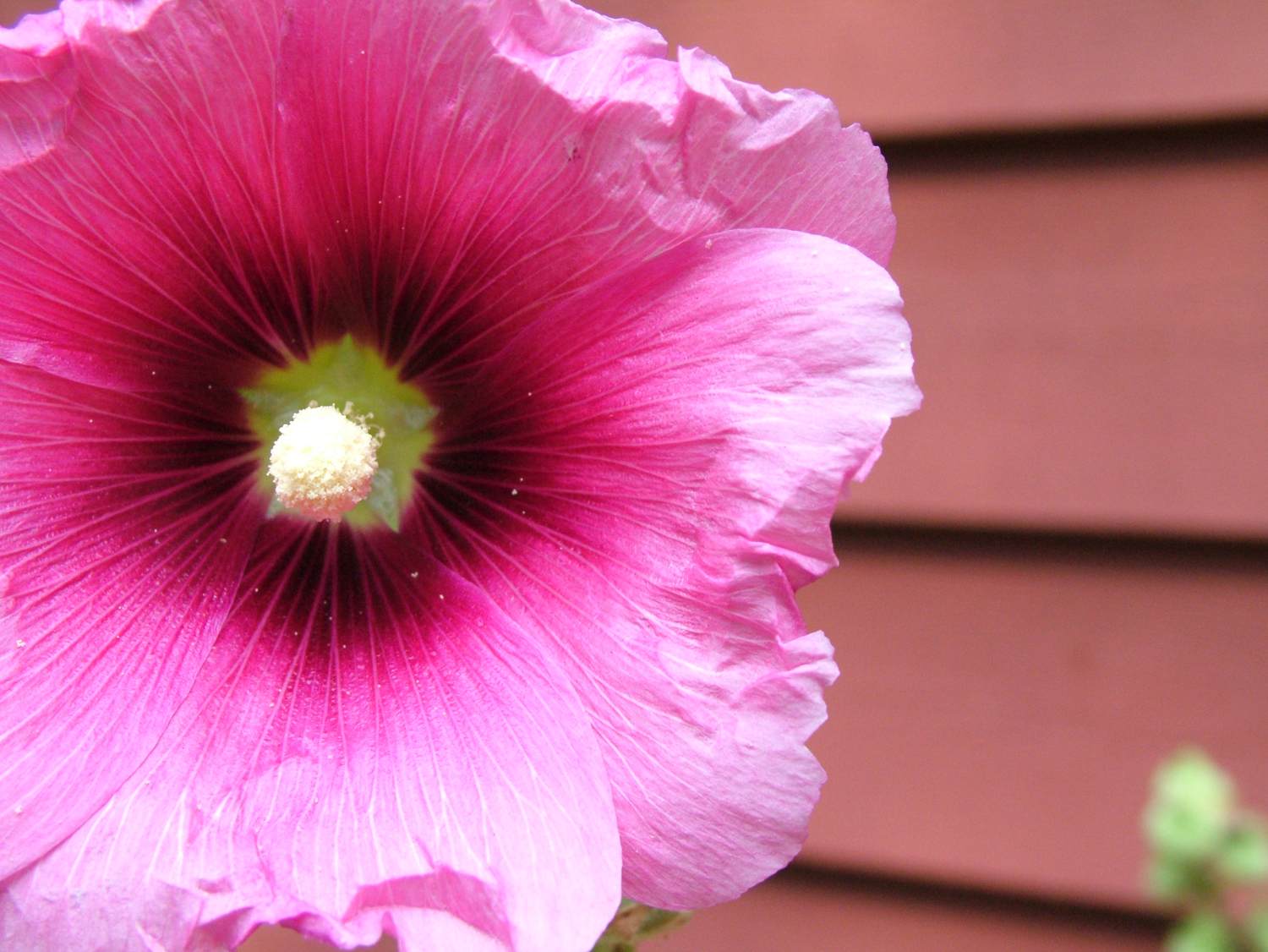
Hollyhocks
As a farm boy, I grew up with these tall flowers…which is probably why they are number 3 in my top-ten list. Also called mallows, there are about 60 varieties from Asia and Europe that have been brought over for their beautiful flowers. Hollyhock can be grown from seeds with some even flowering in the first year. That said, most hollyhocks are biennial which means that they flower and go to seed in year 2 so make sure to plant seeds for two years in a row to have blooms more than one time.

Hydrangeas
There are a few reasons that Hydrangea comes in at number two and not number one. First, it’s only the hydrangea paniculata that blooms in the fall versus all of the other varieties, which are spring bloomers. Secondly, hydrangea love water, so much so that ‘hydra’ is even part of their name. You need to make sure that these stunners get lots of it during the hot summer months to ensure lots of flowers. Look for the ‘Endless Summer’ options, which are said to bloom 10-12 weeks longer than others. They often start around July 4th and go straight through to the fall.

Blue Coneflowers (Echinacea)
These will always be my number one summer flowering plant because they bring so much into a space. Large pink, red or now green daisy-like flowers start in mid July and bloom into late September. Not only do they look good, they require very little effort to grow. I always tell my clients to just leave them alone and they will happily fill the empty spaces in your flowerbed. The other benefit besides the merry blooms, Echinacea is important to pollinators and to the healing community. This plant is said to aid in cancer, boosting immune systems and used to alleviate pain.
Home Network your inbox.
By clicking "SIGN UP” you agree to receive emails from Home Network and accept Corus' Terms of Use and Corus' Privacy Policy.



